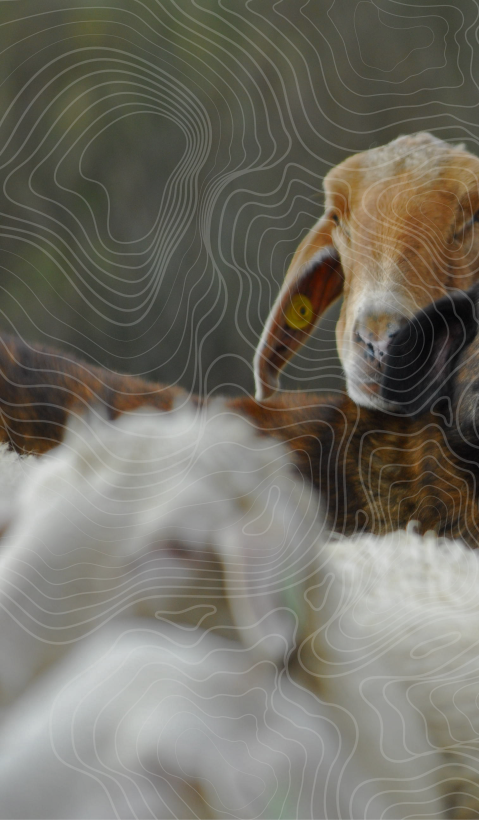

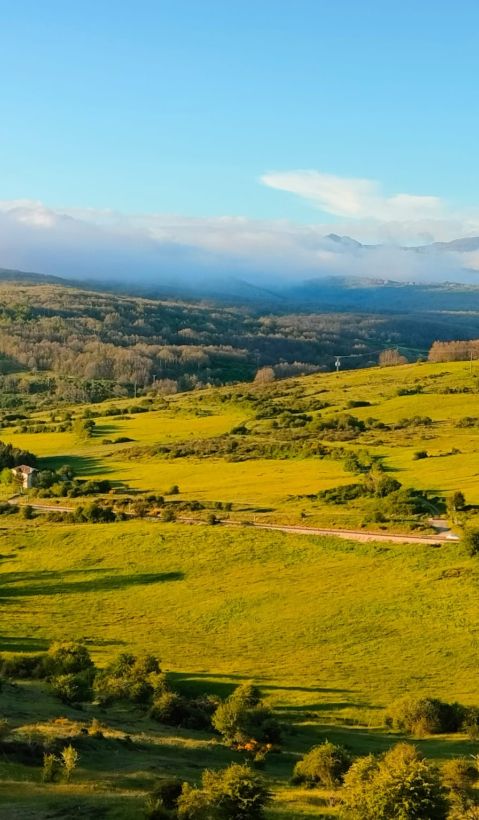

Municipalities

Geographical size

Human population

Number of livestock farmers

Livestock farming systems

Large carnivore species

Wolf population

Bear population
SOCIOECONOMIC CONTEXT
Montaña Palentina is located in the southern Cantabrian Mountains and has a temperate oceanic mountain climate, with cool summers, cold winters and 900–1,200 mm of annual precipitation, which often falls as snow. Elevations range from 1,000-metre valleys to 2,500-metre peaks. The landscape is largely protected within the 78,000-hectare Fuentes Carrionas y Fuente Cobre–Montaña Palentina Natural Park, and oak, beech, juniper and pine forests predominate.
The area combines traditional mountain pastoralism with a diverse rural economy. Extensive grazing and forestry remain important sectors, while Aguilar de Campoo's agri-food industries, such as Galletas Gullón and Grupo Siro, provide significant employment opportunities. LEADER and tourism initiatives support small businesses, with seasonal tourism centered on Romanesque heritage, landscapes, wildlife and gastronomy.
The region is sparsely populated, with most municipalities having fewer than five inhabitants per km², reflecting long-term depopulation since the mid-20th century. The population is ageing and concentrated in the valleys. However, strong community bonds and traditions linked to a pastoral and forestry heritage help to preserve the local identity.
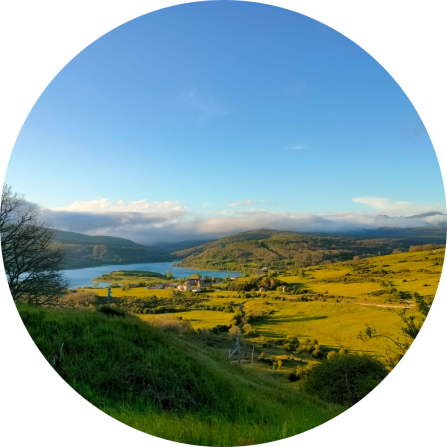
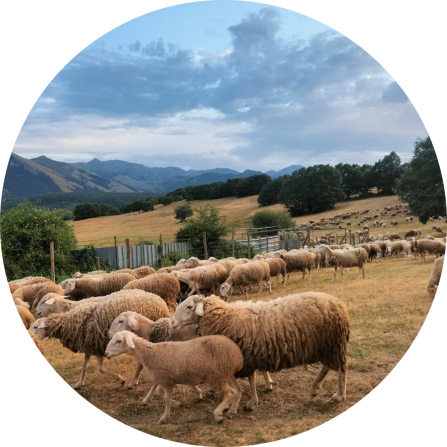
FARMING CONTEXT
Most farms are family-run, practicing extensive livestock grazing adapted to mountainous terrain. Beef cattle graze freely, moving between lowland winter pastures and alpine pastures in summer. Some herds are transhumant, and Merino sheep arrive seasonally from southern Spain. Horse herds for meat production are also present in large numbers. Livestock is mainly composed of cattle, followed by horses, while sheep represent the smallest share.
Main Challenges:
- Ageing farming population and low generational renewal.
- High production costs, low profitability, and dependence on CAP subsides.
- Predation by large carnivores (especially wolves) and related emotional or administrative burdens.
- Sanitary and animal health regulations, particularly tuberculosis and brucellosis.
- Additional pressures arise from EU agricultural policy and land-use regulations linked to the Natural Park.
LOCAL CONFLICT ASSOCIATED WITH LARGE CARNIVORES
Number of attacks:
Palencia recorded 369 wolf attacks on livestock in 2024, underscoring both the intensity and the widespread impact of wolves on extensive pastoralism.
- In 2024, wolf predation left a tangible mark across the 4 municipalities. Altogether, around 127 animals were lost.
Bear attacks on livestock are rare in the Cantabrian Mountains, as the species generally avoids human settlements and domestic herds. However, isolated incidents do occur. For example, in 2025, a brown bear killed a cow on a farm in Valberzoso, Brañosera, Palencia.
- In the study area, bears remain a minor source of conflict, causing negligible damage compared to wolves.
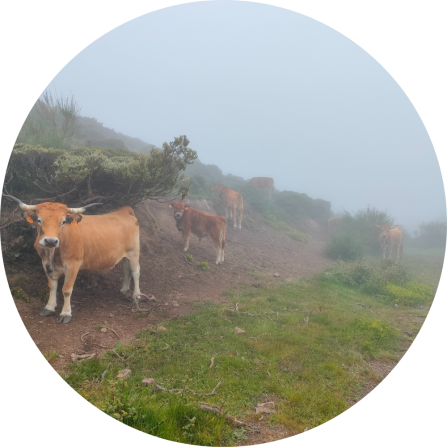
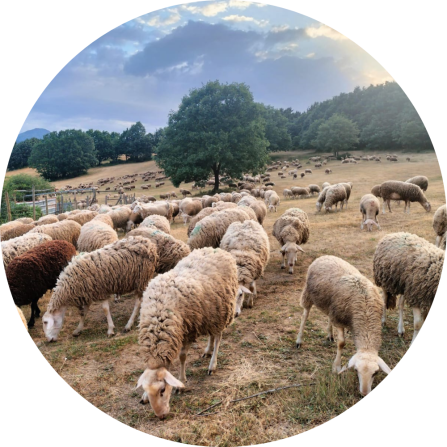
Social conflict:
- Emotional and psychological stress among farmers: Feelings of frustration, and helplessness are widespread.
- Perceived insufficiency of compensation systems: Payments are seen as slow, incomplete, or unfair, failing to reflect real losses or the full scope of the problem. Many attacks remain unregistered or unconfirmed due to the rugged terrain and evidence being removed by scavengers.
- Limited effectiveness or feasibility of preventive measures: Measures such as guard dogs and electric fencing are often ill suited to extensive mountain systems, with terrain and costs limiting feasibility.
- Growing polarisation and tension between different social positions: The conflict goes beyond material damage, mirroring broader societal divides between control‑oriented and protection‑oriented approaches.
- Conflict intensified after legal changes: prohibition of lethal control (2021-2025) and new management authorisations (2025–2026).

Funded by the European Union. Views and opinions expressed are however those of the author(s) only and do not necessarily reflect those of the European Union or the European Research Executive Agency. Neither the European Union nor the granting authority can be held responsible for them.
